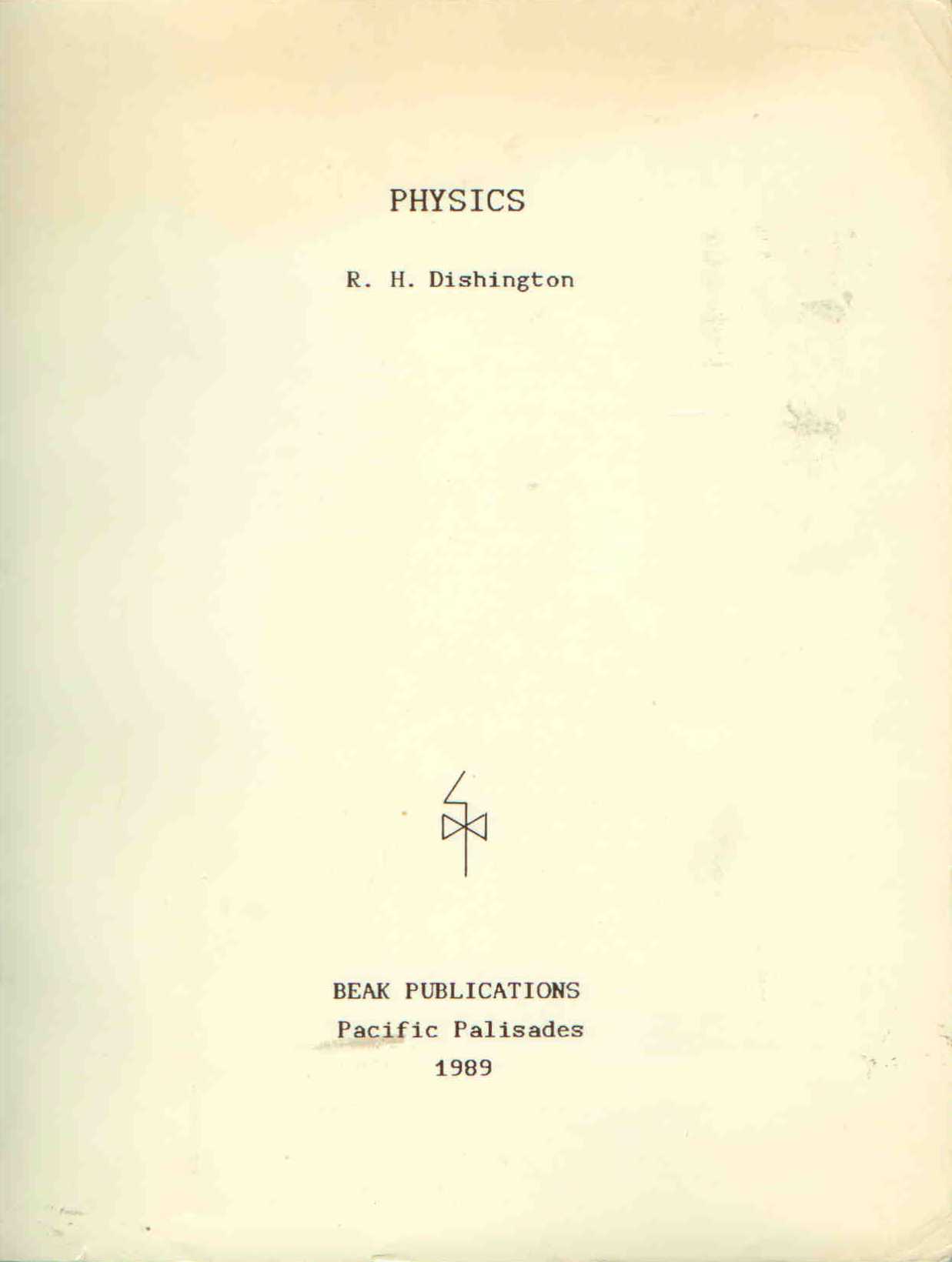Modern physics books are honeycombed with strange if not bizarre philosophical ideas. The student is told to abandon his intuition, cause and effect and the deterministic world. He is offered, instead, a statistical numbers game, a space and time done with mirrors, and an abstract view of the world comformable only to pure mathematicians. The work presented in this volumw returns to the simple physical approach to experimentaql data and understanding.
Physics is an intuitively understandable deterministic description of the real world with no paradoxes. It consists of cause and effect explanations of observed phenomena in successively lower levels of abstraction. At the bottom is a remaining unexplained metaphysical base. The goal is a visulaizable unified field theory of particles, energy, charge, electricity and magnetism, gravitation and nuclear forces. The following outlines in considerable detail such a description of the world.
The qualitative deterministic picture is almost complete. The quantitative level is varied. Chapters 1 though 7 are well known material, slightly rearranged and modified. Chapters 8 and 9 (The Electron) are reasonably rigorous. Chapters 10 (Rods, Clocks and Plumb Bobs), 11 (Mechanics) and 12 (The Atom) are solidly rigorous. On the other hand, Chapters 13 (The Nucleus) and 14 (The Particles) are highly speculative, but based on ideas from 8 through 12. Chapters 15, 16 and 17 are rigorous where possible.
One thing should be clear from the reading:
Fuzzy atoms are out, Determinism is in. - From the Preface.



